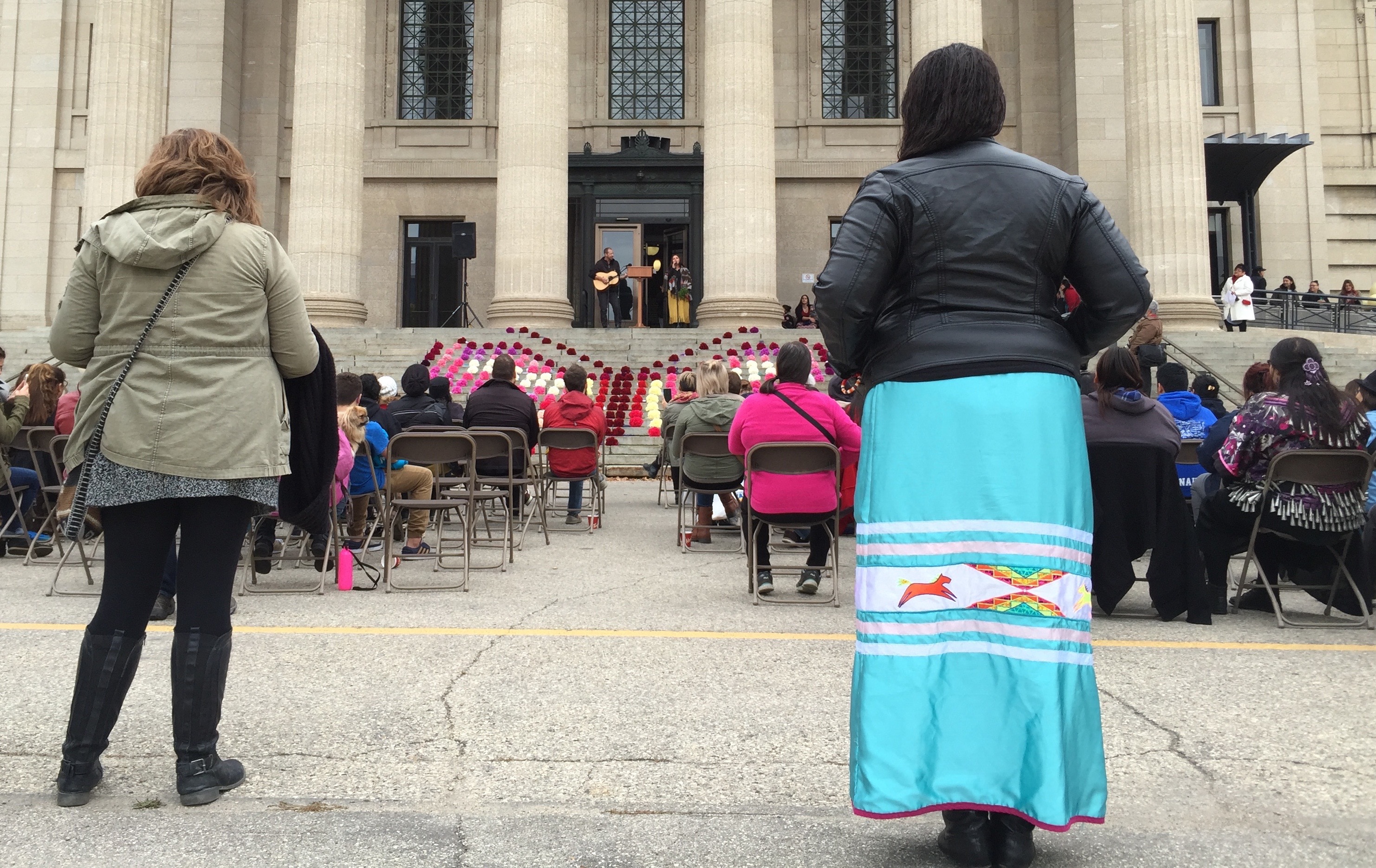Podcast: Play in new window | Download | Embed

Critics said Arizona’s legislative district 7 was designed to favor Democrats. Last week the Supreme Court ruled in favor of the process used by the Arizona Independent Redistricting Commission . Rep. Jamescita Peshlakai is running for the Senate in that district. (Campaign photo)
The toughest challenge for any democracy is making certain that the rules of voting are fair. How fair? Well, a system must allow voters to easily toss politicians out of office.
This is Trahant Reports.
So every politician in the world proclaims that’s how it ought to be, and then, often silently, accepts or promotes rules that favor incumbency.
That is a special problem for American Indian and Alaska Native voters because when we vote we are trying to change things.
Voters want fair elections even if politicians don’t. An Arizona initiative was passed in 2000 to strip politics from the process of redistricting. The new law created a five-member Independent Redistricting Commission to take away the task from the legislature.
One result is Arizona’s 1st Congressional District, and that includes the highest percentage of Native Americans in the country. Norm DeWeaver, who does fantastic demographic work as a consultant to tribes and tribal organizations, pointed out “that this did not happen by accident.” The Navajo Human Rights Commission regularly testified and offered statistical insight before the district lines were drawn.
DeWeaver’s point: “Good things don’t happen for Indian Country without a really strong effort.”
It’s hard to understate the importance of redistricting to the success of Native Americans at the ballot box. In Arizona, Montana, and other states where the tribal vote is effective, there is a match between geography and demographics.
Basically the right district lines can give a reservation or a community the chance to vote together, as a bloc. But not every state does that. Alaska Natives are underrepresented because the district boundaries dilute that vote.
That’s a lot of background, but that brings me back to last week’s Supreme Court’s ruling about Arizona’s redistricting.
This was the second such case involving Arizona and the focus was on how equal each district must be in terms of population. The plaintiffs argued that the commission packed more people into Republican districts than Democratic ones (by a variation of 4 to 8 percent). The commission did this to specifically group minority voters, including Native Americans.
One of the districts debated in the case is Arizona Legislative District 7. This district is “underpopulated by 4.25 percent” and one reason for that is the district does not include Flagstaff because of different community interests, not politics. There are three Navajo candidates running to represent District 7 in the Legislature; Jamescita Peshlakai in the Senate and Wenona Benally and Eric Descheenie for the two House seats.
Political districts are not just lines on a map, but a reflection of a community, so it’s vitally important that every member of that community have a voice. And the opportunity to win.
I am Mark Trahant reporting.















